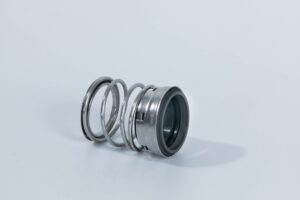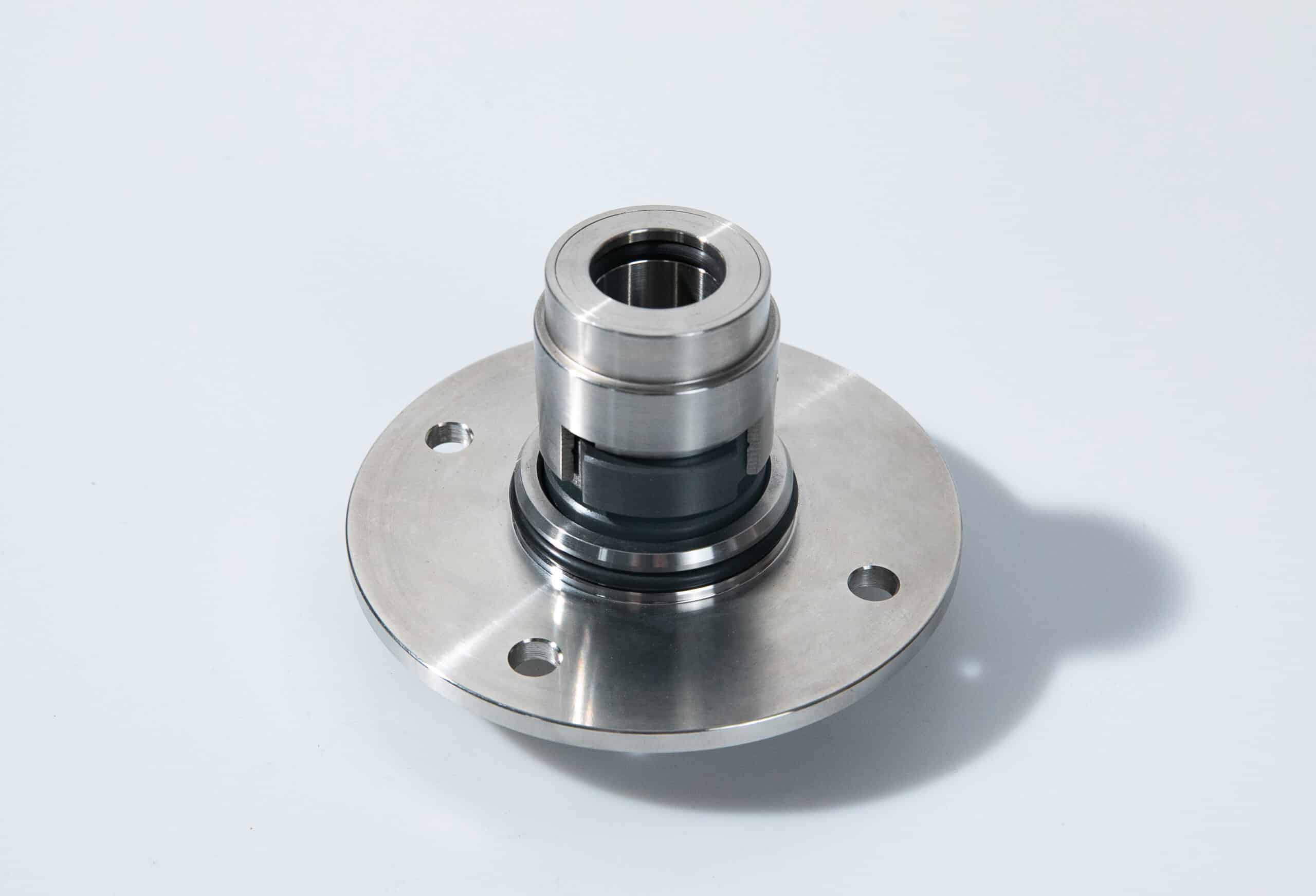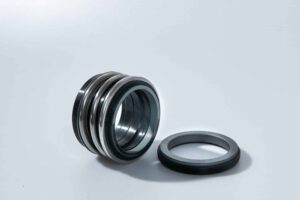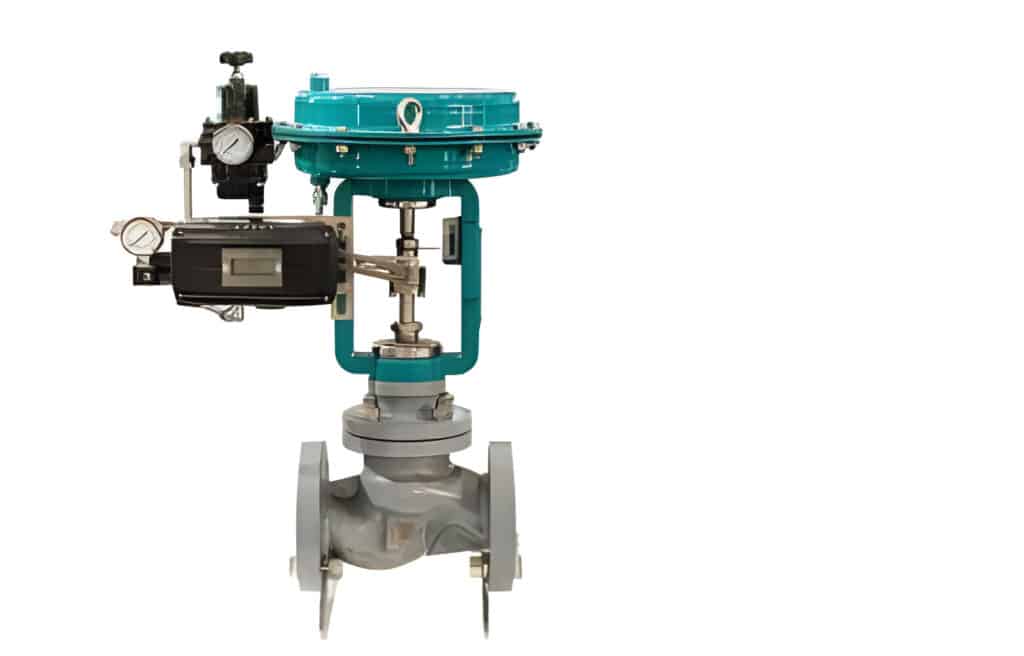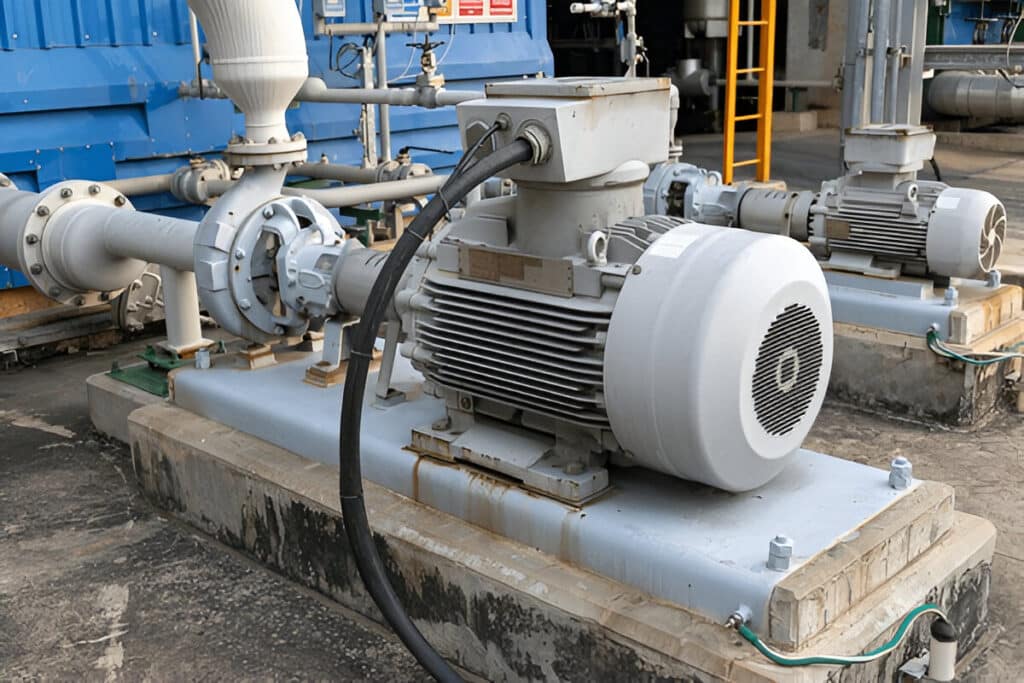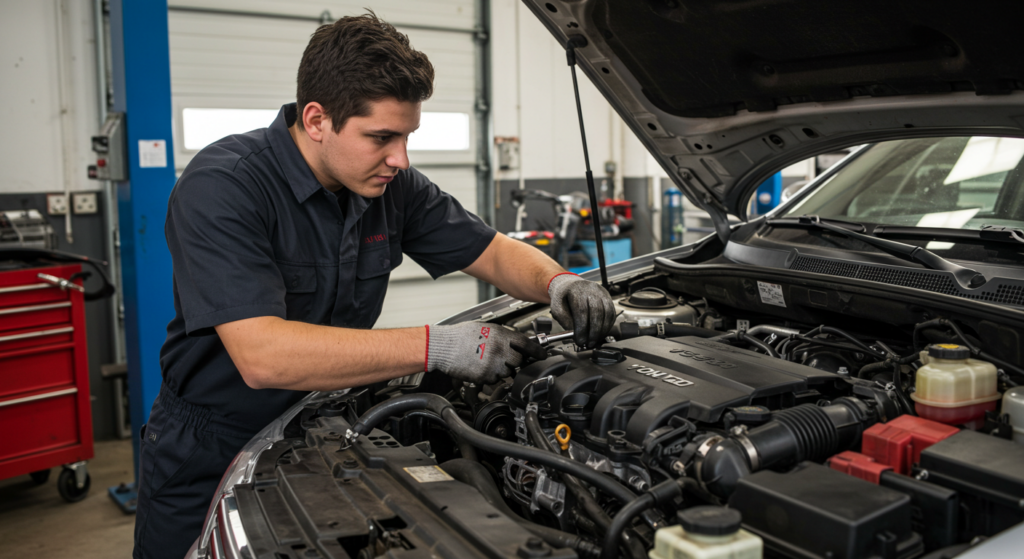Is your pool liner showing signs of wear and tear? Cracks, stains, wrinkles, or even leaks can be tell-tale signs that your liner is nearing the end of its lifespan.
Don’t wait until it’s too late. A failing pool liner can lead to costly repairs, unsightly appearance, and even structural damage to your pool.
In this blog post, we’ll dive into the typical lifespan of pool liners, factors that can shorten their longevity, and practical tips to maximize the life of your liner.
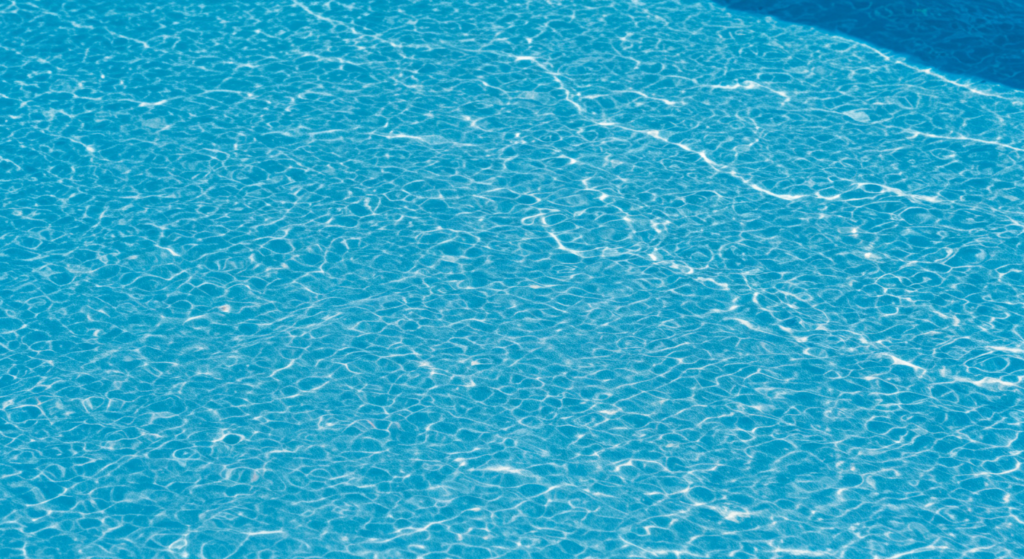
Typical Lifespan of Vinyl Pool Liners
Lifespan for Above-Ground Pools
Industry experts generally agree that a vinyl liner in an above-ground pool can be expected to last between six and ten years. Under ideal conditions and with diligent care, the lifespan may extend up to fifteen years.
Lifespan for In-Ground Pools
For in-ground pools, the typical lifespan of a vinyl liner is often cited as being between five and nine years.
In exceptional cases, where the liner is subjected to optimal conditions and meticulous care, the lifespan may even extend to ten to twenty years.
Typical Lifespan of Vinyl Pool Liners
| Pool Type | Typical Lifespan Range (Years) | Potential Lifespan with Excellent Care (Years) |
|---|---|---|
| Above-Ground | 6-10 | Up to 15 |
| In-Ground | 5-9 (or 8-12) | Up to 20 |
Factors That Shorten Pool Liner Lifespan
Water Chemistry Imbalance
Imbalances in pH, chlorine, alkalinity, and other chemical parameters can cause the vinyl material to degrade faster than normal.
Prolonged exposure to water with excessively high or low pH levels can make the liner brittle, leading to cracks and tears. Similarly, overchlorination can cause the liner to fade and become more susceptible to damage.
Physical Damage and Wear
Physical damage is another common factor that can significantly shorten the lifespan of a pool liner. Some sources of physical damage include:
- Sharp objects: Toys, jewelry, or pool accessories with sharp edges can puncture or tear the liner.
- Rough play: Diving, jumping, or excessive splashing near the pool walls can cause the liner to stretch or develop weak spots.
- Improper cleaning: Using abrasive brushes or aggressive cleaning techniques can scratch or wear down the liner surface.
Environmental Factors
Several environmental factors can accelerate the deterioration of a pool liner:
- Ultraviolet (UV) radiation: Prolonged exposure to sunlight can cause the vinyl to become brittle and fade in color.
- Extreme temperature fluctuations: Significant changes in temperature, especially in regions with hot summers and cold winters, can cause the liner to expand and contract, leading to stress on the material.
- Freeze-thaw cycle: In colder climates, the repeated freezing and thawing of water can put additional strain on the liner, potentially causing cracks or tears.
Neglect and Improper Maintenance
Neglecting regular pool maintenance can have a detrimental effect on the liner’s lifespan. Some common maintenance lapses include:
- Infrequent cleaning: Allowing dirt, debris, and algae to accumulate on the liner surface can lead to staining and degradation.
- Ignoring minor repairs: Small tears or leaks that go unaddressed can quickly escalate into larger problems.
- Improper winterization: Failing to properly prepare the pool for the off-season can expose the liner to damaging conditions.
Low-Quality Vinyl Material
The quality of the vinyl material used in the pool liner can significantly impact its longevity. Lower-quality liners may be more prone to tearing, fading, and general wear.
Caring for Your Pool Liner to Maximize Lifespan
By implementing the following best practices, pool owners can help their liners reach the upper end of the expected lifespan range:
- Maintaining balanced water chemistry: Regularly test and adjust pH, chlorine, alkalinity, and other chemical levels to prevent damage to the liner.
- Regular cleaning and gentle maintenance: Use soft-bristled brushes and mild cleaning solutions to remove dirt and debris without abrading the liner surface.
- Careful pool usage and preventing physical damage: Establish clear rules for pool behavior, remove sharp objects, and avoid rough play near the pool walls.
- Use a pool cover: Reduce UV exposure, minimize temperature fluctuations, and prevent debris accumulation by using a cover when the pool is not in use.
- Avoid completely draining the pool: Unless necessary for repairs, avoid fully draining the pool, as this can cause the liner to shrink or shift.
- Clean the waterline: Regularly clean the area where the water meets the liner to prevent staining and buildup.
- Monitor water level for leaks: Keep an eye on the pool’s water level and investigate any sudden drops, as they may indicate a leak in the liner.
- Consider a liner pad: A liner pad can provide an extra layer of protection between the liner and the pool structure, minimizing wear and tear.
- Ensure proper installation: If replacing a liner, choose a qualified professional to ensure correct measurement, fitting, and sealing.
- Inspect the liner regularly: Perform routine inspections of the liner to identify and address any issues promptly.
Signs Your Pool Liner Needs Replacement
Even with proper care, pool liners will eventually reach the end of their lifespan and require replacement. Recognizing the signs of a worn-out liner can help pool owners address issues before they escalate and cause more extensive damage. Some key indicators that a pool liner needs replacement include:
Obvious Cracks and Tears
One of the most apparent signs that a pool liner needs replacement is the presence of visible cracks or tears. These may occur due to age, physical damage, or environmental factors. Small tears can quickly expand and lead to significant water loss if not addressed promptly.
Staining and Fading
Over time, pool liners may develop stubborn stains or experience fading due to prolonged exposure to chemicals and UV radiation. While some staining can be addressed with cleaning, extensive discoloration may indicate that the liner has reached the end of its lifespan and requires replacement.
Wrinkling, Slipping, and Stretching
As a pool liner ages, it may begin to wrinkle, slip, or stretch away from the pool walls. This can be caused by a loss of elasticity in the vinyl material or by shifts in the pool structure. Wrinkles and slippage can create areas where dirt and debris accumulate, leading to further damage.
Leaks
A sudden drop in pool water level or the need to add water more frequently than usual may indicate a leak in the liner. While some leaks can be patched, multiple or extensive leaks often signify that the liner has deteriorated and needs replacement.
Liner Falling Out of the Bead
The bead is the track that secures the edge of the liner to the pool wall. If the liner begins to pull away or fall out of the bead, it may indicate that the liner has stretched or shrunk beyond its original size and no longer fits properly.
Seam Separation
The seams of a pool liner are typically the weakest points and are prone to separation over time. If you notice gaps or separation along the liner seams, it may be a sign that the liner has reached the end of its lifespan and needs replacement.
